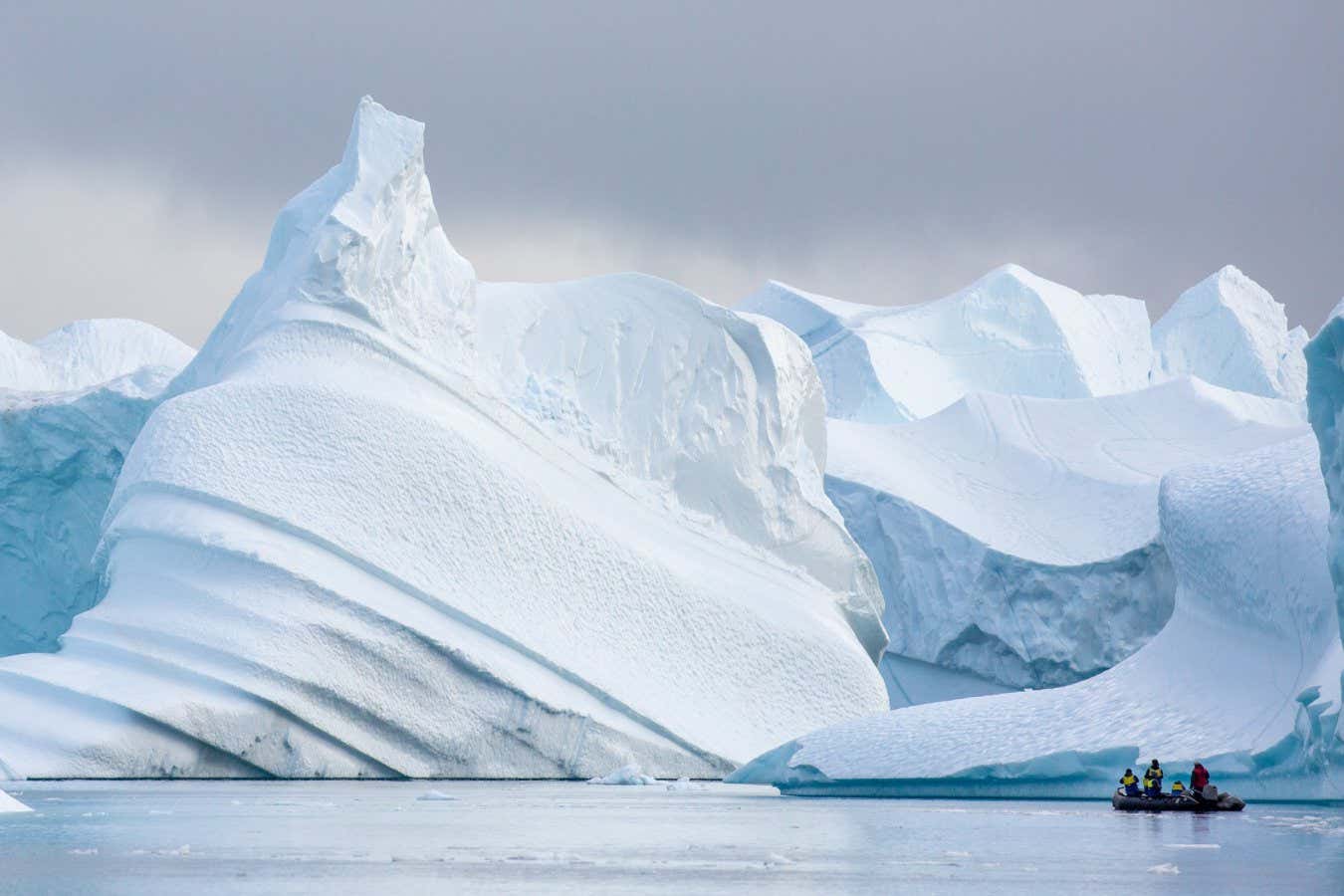Polar Peril: Controversial Arctic Geoengineering Experiment Halted After Ecosystem Threat Emerges

In a bold attempt to combat Arctic ice loss, the Arctic Ice Project explored an innovative solution involving silica beads to decelerate the region's rapidly melting ice. However, recent scientific evaluations revealed potential ecological complications that could disrupt the delicate marine food chain. The experimental approach, while well-intentioned, highlighted the complex challenges of climate intervention and the critical need for carefully considered environmental strategies.
